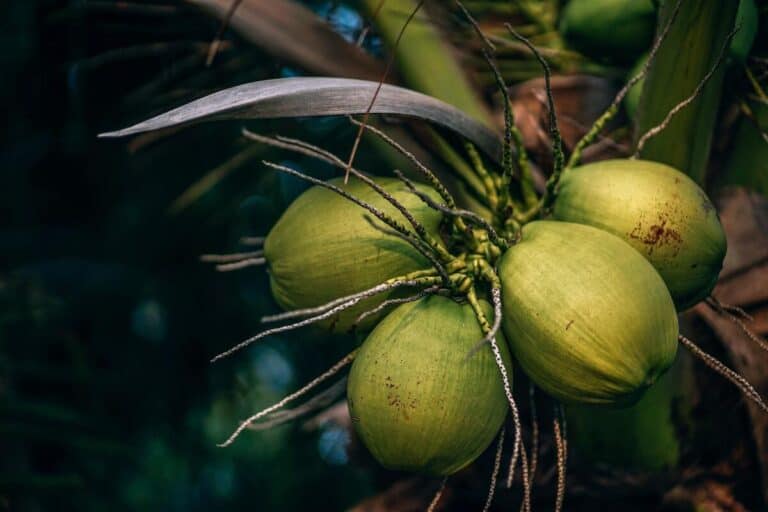

The results of this study show that there has been deforestation in ATPF by 66.4% until 2021 due to land conversion into coconut plantations, oil palm plantations and open areas. Image data for 2021 was obtained from Landsat 8 Oli, while vegetation data were collected through the identification of plant species and quantitative analysis through the calculation of the Important Value Index (IVI) and the Shannon Diversity Index (Hꞌ). The method used in this study is a survey method with two stages of data collection, namely the collection of image data and vegetation data.

This study aims to analyze land cover changes in 2021 and the vegetation structure in ATPF which covers an area of approximately 12,660.87 ha. Anthropogenic activities in coastal areas have largely eliminated mangrove forest cover, including the Air Telang Protected Forest (ATPF). All Rights Reserved.Īnthropogenic implications for land cover changes and vegetation structure in coastal protected forest.

© 2017 Society for Indonesian Biodiversity. It was found that during 2013, the coconut plantations, oil palm plantations, and aquacultures accounted for about 18.0% (2,278.62 ha), 4.7% (591.87 ha) and 3.1% (386.18 ha) of mangrove forest changes, respectively. Of these six conversions, the coconut plantations, oil palm plantations and aquacultures have potential tendencies to increase construction that could threaten the existence of mangrove forest in ATPF. This forcing was categorized as mangrove conversion into coconut plantations, oil palm plantations, aquacultures, farms, ports, and settlements. The results showed that the anthropogenic forcing had caused significant degradation of primary mangrove forest in the ATPF from 1989 to 2013. A ground-truthing verification was done to increase the accuracy of image classification in each region. Three Landsat satellite imageries for 1989, 20 have been used to build maps and to predict the land cover changes in the study area. The objective of this study is to identify the land cover changes in the ATPF from 1989 through 2013 using satellite remote sensing data. In fact, that the ATPF area has been converted into aquacultures, plantations, agricultural lands, settlements and ports during recent decades. The Air Telang Protected Forest (ATPF) is a mangrove forest in the Banyuasin District, South Sumatra, Indonesia.


 0 kommentar(er)
0 kommentar(er)
